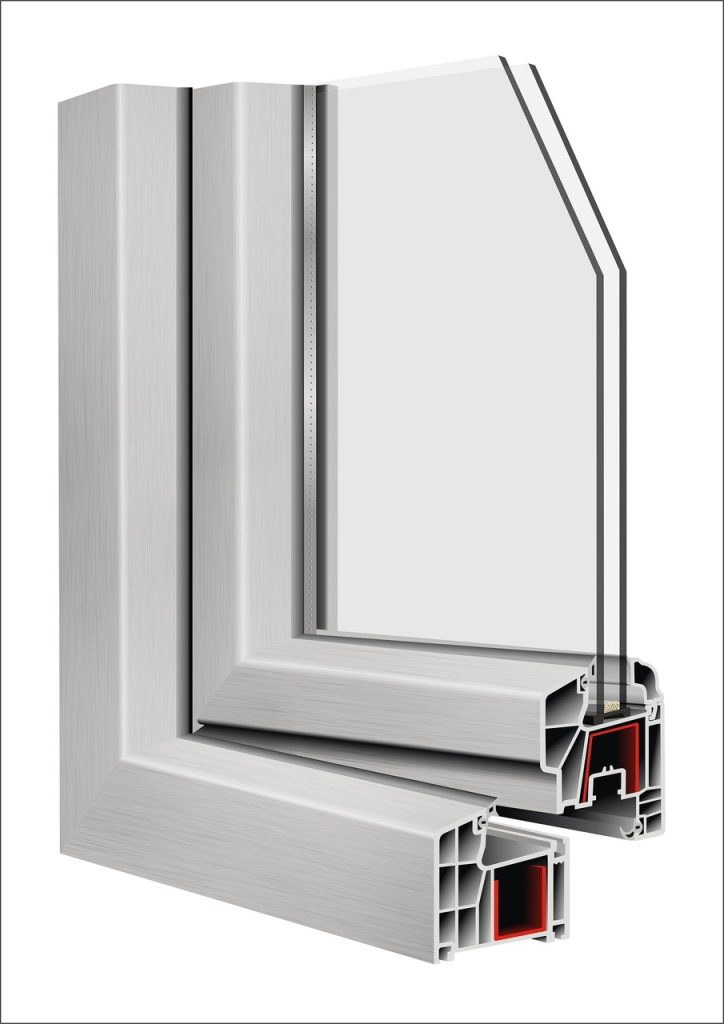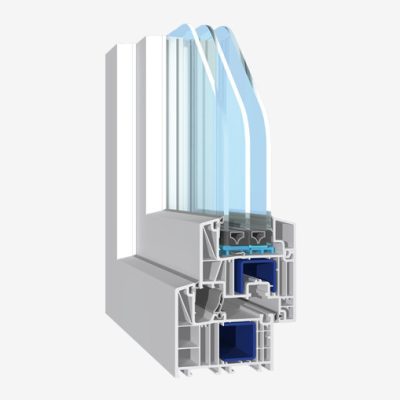
Fire escapes are usually associated with doors or gates. In some cases, the installation of fire windows becomes necessary. This is due to the strict regulations regarding the maintenance of proper fire zones.
Is the risk of fire real?
The increasing prices of land and the costs of connecting it to specific utilities are resulting in increasingly dense development. Residential, public and industrial buildings are located in close proximity to each other, which poses a great risk in case of fire, as it can easily spread from one building to another. Numerous vehicles in car parks are also at risk, as they are extremely flammable.
Windows are not directly included in the regulation governing fire safety in buildings, but they are necessary to maintain the appropriate fire zones. The regulations state that fire walls should be made of non-flammable materials and that any openings in them should be enclosed with fire doors or fire doors. Fire doors with a certain resistance should be installed in certain places.
Fire protection joinery
There is a trend towards illuminating buildings with daylight, which affects the number of windows in rooms. Regulations require the installation of windows that will act as a fire barrier. In addition, special fittings or seals are installed that swell in the event of a fire.
There are windows on the market that are typically installed in fire separation areas. These windows can be opened, but they are limited to very specific dimensions:
- 1344 mm x 2200 mm – for fixed windows,
- 1380 mm x 2200 mm – for single-leaf opening windows and balcony windows,
- 2300 mm x 2200 mm – for double-leaf opening windows and balcony windows.
The frames of such windows are made of specially prepared material with appropriate technical parameters, which is an important element to maintain fire protection.
Fire-resistant windows and doors have classes that determine how resistant the structures will be in the event of a fire:
- Fire resistance (R)
- Fire integrity (E)
- Fire insulation (I)
They are determined based on the time in minutes from the outbreak of fire until the element reaches the limit criterion. Buildings are categorised as fire-resistant on a five-point scale: A, B, C, D, E. This is determined based on the resistance of individual building components, such as the main supporting structure, external walls, internal walls, roof structure, roof covering, fire closures.
The role of fire windows
Sealed with special substances that swell in the event of a fire, they prevent smoke and fire from escaping.Innovative glass partition walls are increasingly being used in buildings, which can withstand fire for up to sixty minutes. They are transparent and soundproof, allow for effective space arrangements, brighten up interiors and make them look bigger, while maintaining maximum fire safety. Partition walls with muntin bars are also used, and their fire resistance is between 15 and 120 minutes.
Dividing a building into sectors, separated by fire barriers, can save many lives and limit the damage. This is especially important in large company buildings where many important documents are stored.
Read also:



